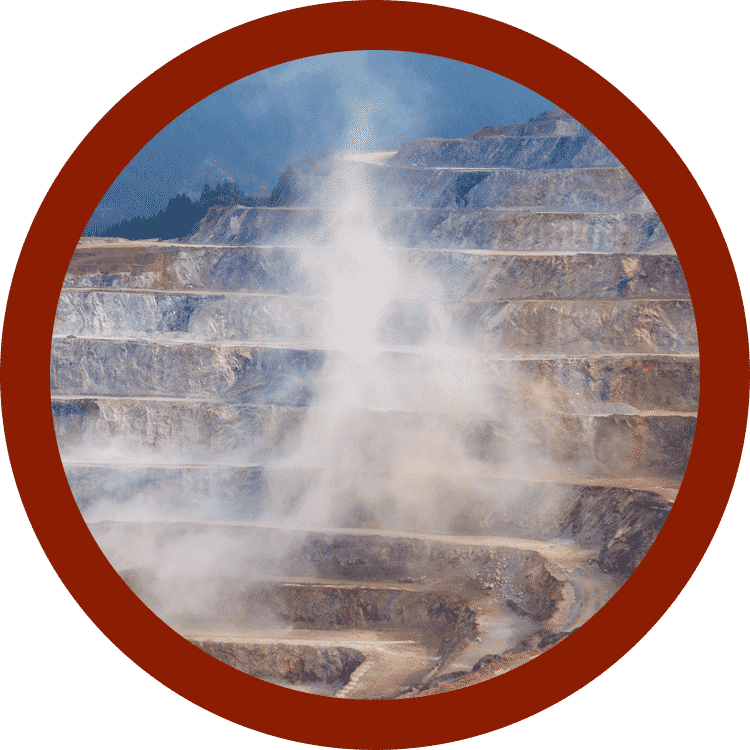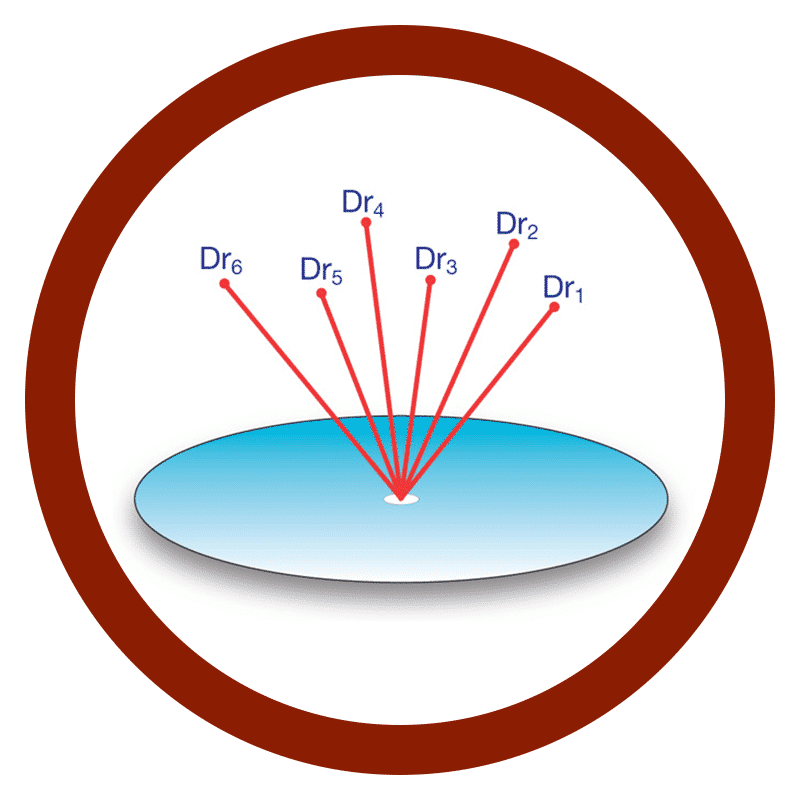Maintaining a wireless network in open and underground mines is one of the most difficult challenges system integrators and network engineers face. Equipment is large, on the move, and never in line of sight to other network devices. Mining operations are dusty, loud and challenging environments that take a toll on wireless equipment. After a significant investment in a wireless network, many managers face frustration with deficiencies in network uptime and durability. MP Antenna has identified five common issues that can degrade or impact network performance, and offers a variety of rugged products to overcome them.

ELEVATION
Differences in elevation limit line of sight communications and often requires an antenna designed for non-line-of-sight (NLOS) Applications.

POLLUTANTS
Moisture, dust and fumes not only degrade wireless equipment over time, but can also impact signal strength and network speeds.

RADIATION PATTERN
Antenna selection can make or break a network. With correct antenna propagation, networks can maintain connectivity even in high interference environments.

SIGNAL POLARITY
Improper antenna selection can result in polarization mismatch, causing slow network speeds, and often zero connectivity over a radio link.

MULTIPATH
Rocks, equipment, and other obstructions hinder communications resulting in weak, degraded signals and inconsistent throughput.

Rugged Wave antennas can withstand impacts from falling rocks, resist chemicals, and operate flawlessly in clouds of gas and dust. By contrast, standard dipole antennas may not be able to maintain connectivity, withstand moisture, vibration, and impact. Multi-polarized antennas for mining applications send and receive signals in all polarizations, enabling reflected signals to become usable in NLOS situations.
